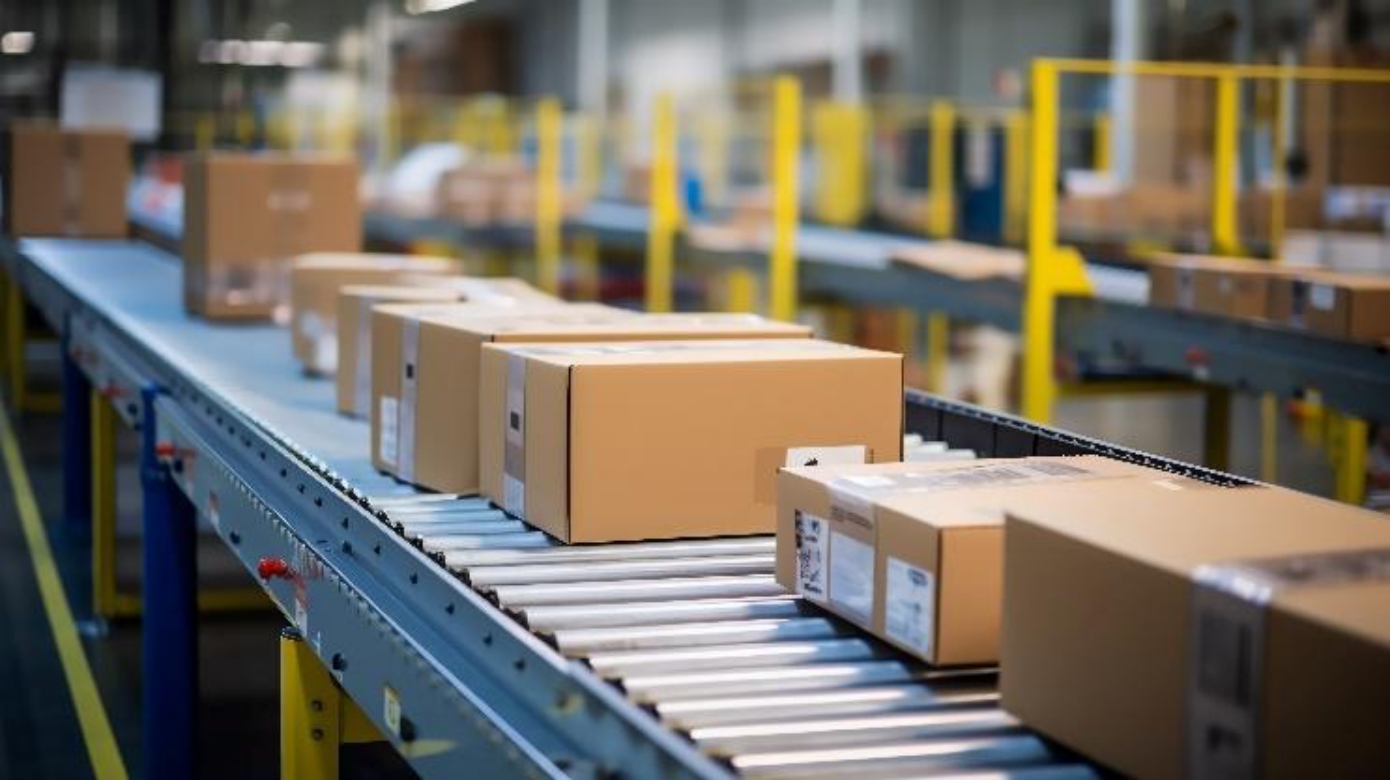How to comply with the PPWR requirements?
Discover how to navigate the new EU Packaging and Packaging Waste Regulation (PPWR) requirements and make your e-commerce packaging more sustainable. Learn about reusable quotas, recyclability mandates, and strategies to reduce void space while optimizing logistics and cutting costs—essential insights for businesses aiming to stay ahead. (Ad)






